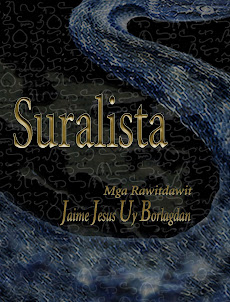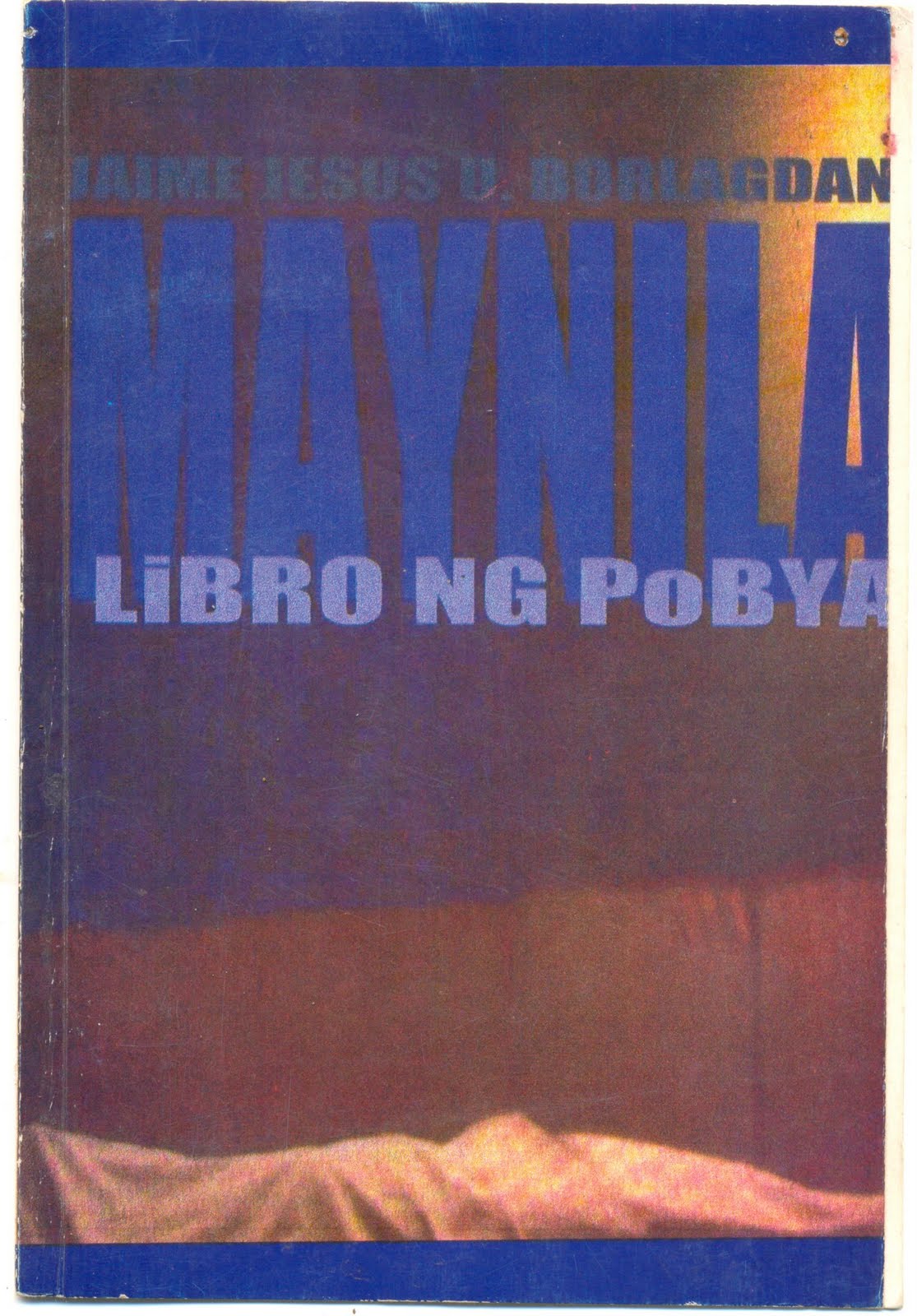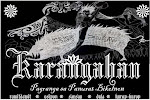
To the Lost Work
The lost work is a child that has died. He hasn't seen the world; no one has seen the world of the lost work.
Either caught in a mishap of improper keeping or by intention, it vanished in an instant, it is needless to mention how it was sought, how it was missed.
Where are they headed? Even the mind-womb which created it, conceived it, birthed it, and moulded it, cannot track it even in feeling and in memory.
The words sown from nothingness were returned to nothingness. Isn't this a cause for celebration? However, we will never again be able to relish the bliss of being with it. The solace it gives us, goes away too when they are gone. With the disappearance of the affirmation of our being here, it feels we have never been.
Is there someone reading the lost work in the other side of our experienced reality? What will declare that the lost was our handiwork? What will say that I have held a pen and wrote the piece? How can we discuss the idea that the work now floats in the void?
The work that was made and lost is now in where all that was never found are. The keeper of all that was lost. Like courage or youth. Nothing can tell that these were once ours. Not even remembrance. Like our life which slowly wastes away. Until we can never remember if even our body was really here.
* * *
Para Sa Mga Nawarang Obra
Arog
Nadiskwido sa salang pagsaray o tuyong bigla na sanang napara, dai na kaipuhan osipon kun pano hinanap, pano hinidaw.
Pasain na an mga ini? Dawa an matris-isip na nagmukna, nagbados, buda naghulpot, naghaman, dai na masusog dawa sa pagmati buda pagrumdom.
An mga taramon na tinukdol sa kawaran nai-uli sa kawaran. Bakong garo magayon na okasyon? Iyo
May nagbabasa daw
An obrang nahaman, nawara, yaon na sa lugar kun sain an gabos na dai na nakua yaon. An sarayan
Photo: Creepy Child No 4 from http://freshpeachesdesigns.blogspot.com/







